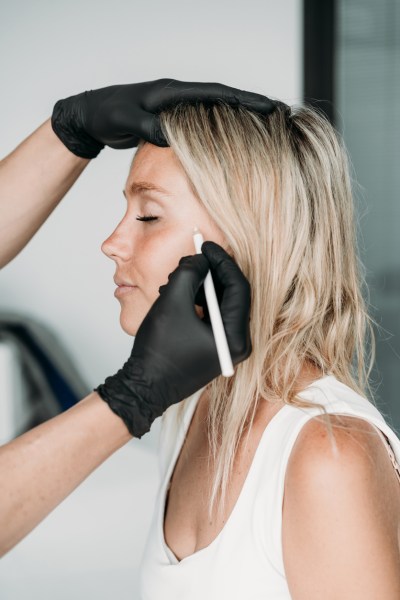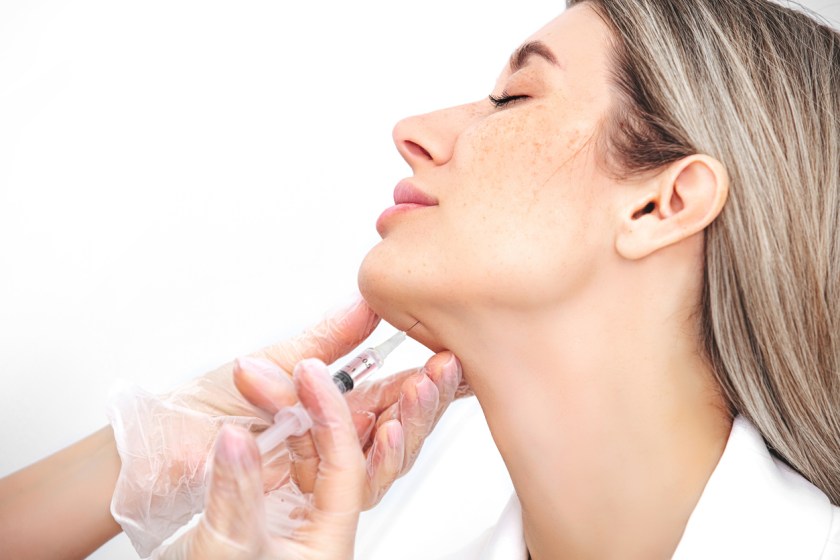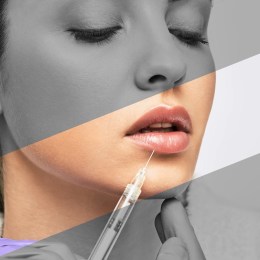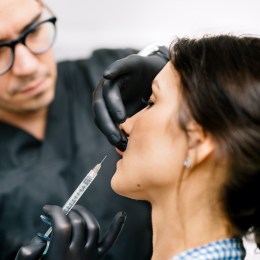Cosmetic procedures in the spotlight again, one year on from the initial review.
One year on from the cosmetic surgery review, work is complete on most reforms with higher practice standards and new advertising rules for doctors now in place. Further reforms will focus on the non-surgical cosmetic procedures industry, with new guidelines coming for all health practitioners providing fillers, anti-wrinkle injections and other aesthetic treatments, AHPRA revealed in a statement published today.
According to the regulator, stronger public safeguards are needed because of escalating consumer demand for non-surgical cosmetic procedures and more practitioners seeking a career path in the cosmetics industry.
Cosmetic procedures, including anti-wrinkle injections and fillers, will be under the spotlight in an expansion of the year-long crackdown on Australia’s cosmetic surgery industry.
A year after an independent review into cosmetic surgery provided a foundation to reform the industry, the Australian Health Practitioner Regulation Agency (AHPRA) and the Medical Board of Australia (MBA) are well underway to implement all 16 of the review’s recommendations to improve public safety.
As that work continues, the regulators’ focus is now widening to introduce stronger safeguards for the booming non-surgical cosmetic procedures sector, including new guidelines for registered practitioners performing and advertising aesthetic treatments.

The cosmetic treatment industry estimates Australians collectively spend more than one billion dollars a year on non-surgical procedures ranging from anti-wrinkle injections and fillers to fat dissolving injections and thread lifts performed by doctors, nurses, dentists and other health practitioners.
The number of reported complaints of serious harm from cosmetic surgery has grown significantly since attention was focussed on the sector over the past 18 months.
AHPRA CEO Martin Fletcher said the more frequent use of non-surgical cosmetic procedures, and the expanded range of practitioners who provide them, creates the potential to put a larger section of the community at risk of some harm.
National Boards will soon be consulting on proposed new practice guidelines for practitioners performing non-surgical cosmetic procedures (excluding medical practitioners who are already subject to the NMBA’s guidelines for registered medical practitioners who perform cosmetic surgery and procedures.
Proposed new advertising guidelines will apply to all registered health practitioners advertising non-surgical cosmetic procedures, including medical practitioners.
The proposed areas of focus for AHPRA
The planned overhauls are likely to place a stronger emphasis on informed consent and pre-procedure consultation, including a patient suitability assessment. There will also be a focus on prescribing and administering prescription-only cosmetic injectables.
Proposed new advertising guidelines are likely to focus on the use of ‘before and after’ images, claims about expertise and practitioner’s qualifications, and affirm the ban on the use of testimonials. There will also be clear rules on the use of influencers and social media figures.
Public consultation on the proposed guidelines will open in coming months ahead of their release in the first half of 2024.

As enrolled and registered nurses perform many non-surgical cosmetic procedures, the Nursing and Midwifery Board of Australia (NMBA) has an established position statement, initially released in 2016 and now reviewed with last year’s reforms.
This statement provides clear guidance to nurses (nurse practitioners, registered nurses and enrolled nurses) working in or wanting to join the cosmetic sector and was consulted on with key stakeholders.
The NMBA have decided to strengthen this statement into guidelines.
‘The work we have already done in our position statement provides clear advice for nurses working in cosmetics, to ensure public safety. But as the sector grows, now is the time to strengthen our regulatory position and provide further clarity to nurses looking to work and working in this space. The public needs to feel safe and know that nurses performing these procedures are appropriately educated and competent,’ NMBA Chair Veronica Casey AM, said.
Cosmetic surgery one year on
The Independent review of the regulation of medical practitioners who perform cosmetic surgery report was released on 1 September 2022. It identified 16 reforms for regulators to improve patient safety, with almost all reforms now complete.
The Cosmetic Surgery Hotline, launched on 5 September 2022, has received 428 calls including from patients concerned about their treatment, from other doctors who have had to address poor outcomes, and from consumers who are keen to make informed choices. In the same period, AHPRA have received 179 formal complaints or notifications.
As a result, 14 doctors are no longer practising cosmetic surgery or have significant restrictions in place as an interim measure while investigations continue. A further 12 doctors have had restrictions placed on their registration after investigation.

These restrictions include suspension of registration, prohibition on performing cosmetic surgery, supervision requirements and formal education requirements.
AHPRA’s proactive advertising audits have also had an impact. In one case, a doctor’s cosmetic surgery advertising was found to have several issues such as claims of permanent results (misleading), claims to improve self-confidence and self-esteem (misleading), videos of patients talking about their experience (testimonial) and use of stock imagery rather than genuine before and after photos (unreasonable expectation).
The doctor changed their advertising to address some of the issues, but after several attempts to work with them on the remaining issues failed, the Medical Board imposed conditions requiring education about the advertising guidelines and restricted the practitioner’s advertising until they completed the education.
Read the latest issue of SPA+CLINIC below:
There are 5 ways you can catch up with SPA+CLINIC
- Our quarterly print magazine, delivered to your door. Subscribe here.
- Our website, which is updated daily with its own completely unique content and breaking news.
- Our weekly newsletter – free to your inbox! Subscribe here.
- Our digital magazine – click here to view previous issues.
- Our social media – see daily updates on our Instagram, Facebook & Linkedin




